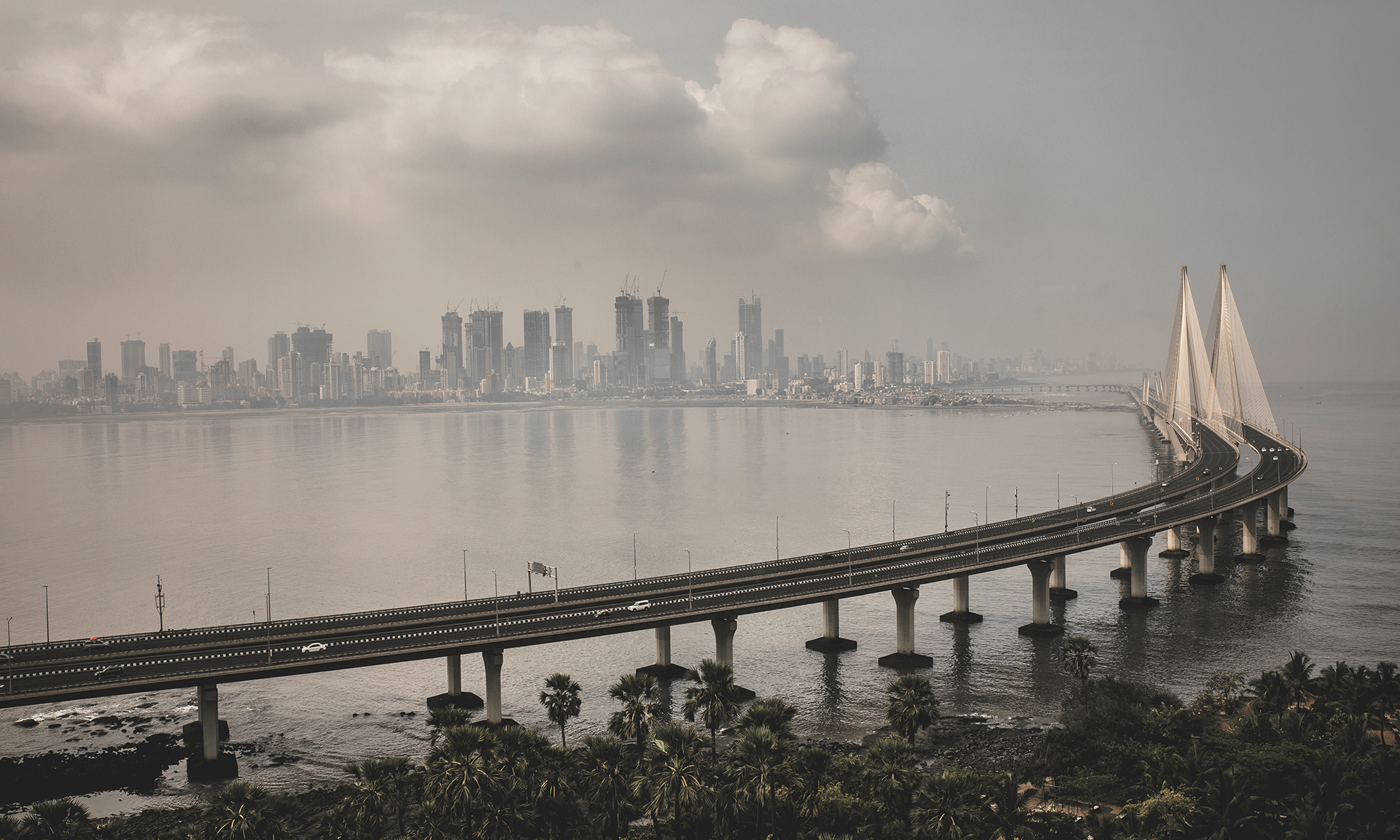If a person wishes to avail of tax relief under Double Tax Avoidance Agreements, then they need to have a document called Tax Residence Certificate. The document is issued by the country of which you are a resident and is furnished only to those foreign countries with whom the home country has a DTAA agreement.
In India, the authority for issuing the certificate rests with the Income Tax Department. For understanding the criteria of being a resident in India you can go through the following points. An individual is said to be a resident:
- If they stay in India for 182 days or more in the previous year.
- If they stay in India for 60 days or more in the current financial year and have stayed in India for 365 days or more in the preceding four years.
Such an assessee should make an application in Form No. 10FA to the assessing officer, for meeting the agreement requirements referred to in section 90 and 90A. On the receipt of the application by the assessing officer as referred to in sub-rule (3), he shall satisfy himself by scrutiny of documents submitted. On complete compliance, the officer will issue the certificate for the assessee.
Tax residence certificate for non-resident Indians.
An assessee who is a non-resident in India should obtain the Tax Registration Certificate from the Government of the country or the territory of which he/she is a legal resident. This certificate shall contain the following information.
- Name of assessee
- Status (Individual/ HUF/Company)
- Nationality (in case of an individual)
- The country or the specific territory of registration
- Residential status for tax purposes
- The period till which the certificate is applicable
- The specified address for the validity of the certificate
- The Tax Identification Number in the specified country or noted territory, or a unique identification number by the government of such territory, in case of unavailability of TIN.
All the above information should be provided in Form 10F by the assessee.
The certificate mentioned in sub-rule (1) must be verified by the government of the country or noted territory for verifying the genuineness of assessee in the tax payment system.
Subject to the provisions of sub-rule (2), for sub-section (5) of section 90A and sub-section (5) of section 90, the below-mentioned information should be provided by an assessee in Form 10F
- Status (HUF/ Individual/ Company)
- Nationality, in case of an individual or the country or area of registration, in case of any person other than an individual.
- The residential status period.
- Address of assessee in India or the territory outside India, during the time for which the certificate is applicable.
- The TIN of assessee in the country or the territory of residence. If the TIN is not available then the unique number used for verifying the identity of the person in the specified region.
There is no requirement of providing the information or any such part thereof if it is already mentioned in the certificate referred to in sub-section (4) of section 90A or 90.
The assessee should keep the documents that are necessary to substantiate the provided rule under sub-section (1) and the Income-Tax authorities necessitate providing of said documents about the claims for any kind of relief under an agreement referred to in the sub-section (1) of section 90A and section 90.
Step-wise Procedure.
- Find your assessing officer (AO) on the web through the official website by entering the registered mobile number and PAN.
- Prepare a document that explains your in and out movement through the stamped passport. If your check-in or check-out is made online, then the air tickets should be retained for providing proof to the assessing officer.
- Download the Form 10FA and then submit it physically to the assessing officer. It is necessary to disclose the reason for the tax resident certificate. You also need to attach a copy of the Passport with all the stamps of departure and arrival.
- After all the submissions, the officer may ask you to visit him to discuss the documents. After complete satisfaction, the assessing officer will finally issue the TRC in Form 10FB.
The certificate will help you avoid double taxation on your income as per the above-mentioned DTAA agreement.























